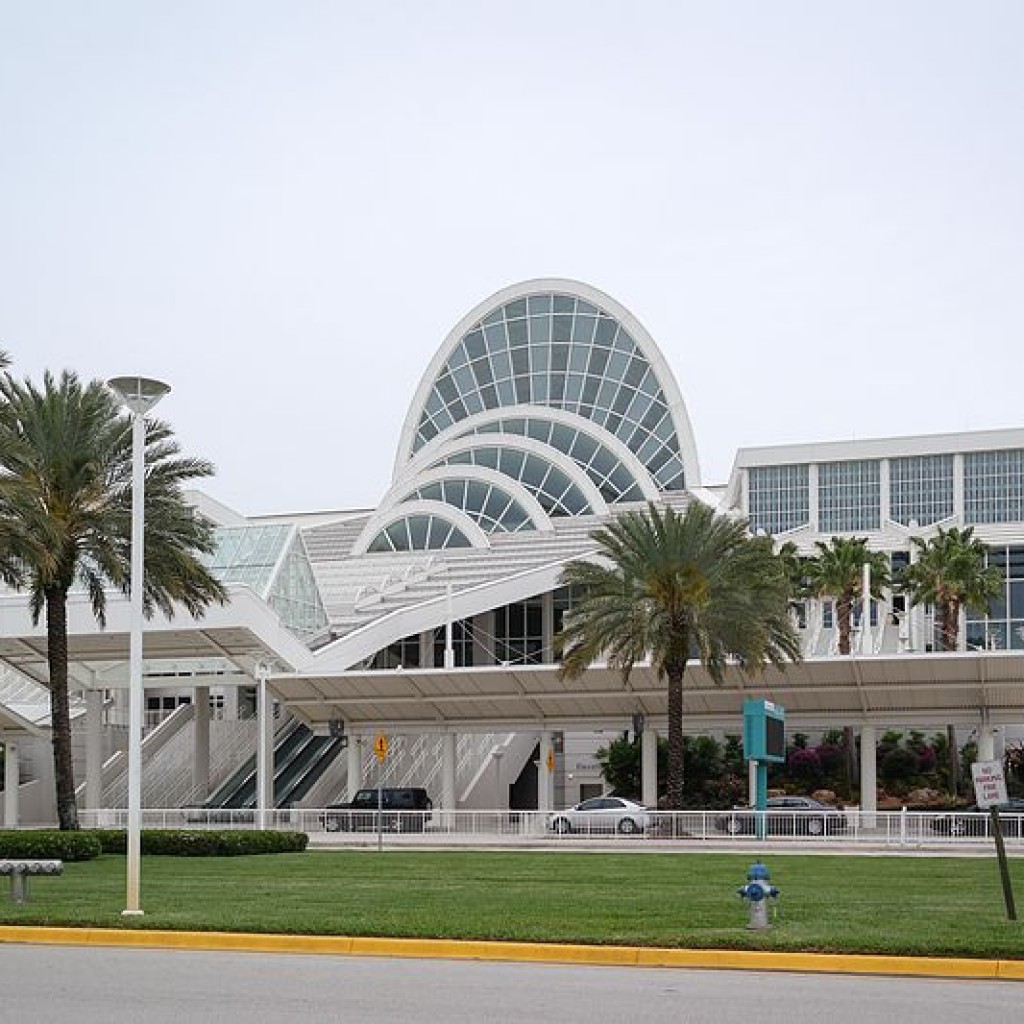
With Orange County’s bed tax flush from record tourism, Orlando’s tourism community wants to see more of that money spent on tourism marketing, the convention center and area sports and arts venues, including the next phase of construction for the Dr. Phillips Performing Arts Center.
The Central Florida Hotel and Lodging Association and Orlando’s three major theme park companies on Friday made a joint pitch to city and county officials to reallocate the money that comes from the county’s 6-cent bed tax.
Last year that tax brought in a record $226 million, and that’s expected to grow again this year.
As a result, and with some debts retiring, there’s money available.
“As you are aware, record tourism has occurred, resulting in greater Tourism Development Tax in recent years,” CFHLA President Richard Maladecki began in a letter to Orange County Mayor Teresa Jacobs, Orlando Mayor Buddy Dyer and other officials.
“Orange County will have the opportunity to ensure that the tourism industry has all the necessary tools to continue this positive growth for both the short and long terms,” he wrote. “As a community, we have an opportunity through the growth of the TDT to complete and maintain a number of the state-of-the-art facilities that our visitors have experienced when visiting Central Florida.”
Dyer offered the city’s support late Friday. In a response letter to Maladecki, Dyer praised tourism industry leaders “that have once again joined together to create a plan that not only finishes the Dr. Phillips Center but includes a comprehensive package that uplifts arts, cultural and sports organizations while continuing to invest in and grow our region’s primary economic driver, the hospitality industry.”
Jacobs was not available Friday to comment.
In the tourism industry’s letter, the hotel association, Walt Disney World Parks and Resorts, Universal Orlando and SeaWorld Orlando jointly recommended that the county and city agree to expand the amount of money set aside annually for more tourism marketing by the Orange County Convention and Visitors Bureau, also known as Visit Orlando; finance more expansion of the Orange County Convention Center; create a special, permanent fund to market Central Florida sports events and opportunities; make more improvements to the just-renovated and expanded Citrus Bowl; and provide money for a smaller Dr. Phillips Center performance hall.
Ultimately, decisions on tourism tax money would go through the Orange County Tourist Development Council, which meets next Friday, and which Orange County controls. Orlando offers its stronger bonding capacity to leverage longterm debts financed by the tax. In recent years the mayors of Orange County and Orlando have hammered out deals, which are then approved by their commissions, to determine what to do with the bed taxes.
In his letter Friday, Dyer suggested they begin the discussion at next Friday’s meeting.
And those deals have come after drawn-out, contentious negotiations over opposing priorities, reflecting rivalries between downtown Orlando venues, International Drive tourism and hotel district needs, the theme parks, the sports supporters and the civic arts advocates.
And those deals have come after drawn-out, contentious negotiations over opposing priorities, reflecting rivalries between downtown Orlando venues, International Drive tourism and hotel district needs, the theme parks, the sports supporters and the civic arts advocates.
All of the city and county commissioners got copies of the tourist industry’s proposal, as did Orange County Comptroller Martha Haynie.
Maladecki’s letter offers something for all of those competing interests.
But it does not address an issue tourism and political leaders have dismissed for years, that nonetheless persists in Orlando: an idea that others outside the tourism industry have urged, for area officials to pursue state law changes that could allow Orlando’s robust tourism industry to help pay for other civic services and needs.
Maladecki also was not immediately available Friday to discuss the proposal.
“It goes without saying that the importance of maintaining a strong tourism economy in Orange County is critical to the region’s success,” he wrote. “This plan demonstrates a comprehensive approach for expenditures of TDT while ensuring our industry remains a key driver of revenue for the region.”
Last year the tax brought in $226.2 million, compared with $201.4 million the year before. Orange County’s budget this year calls for $236.2 million, with about $70 million of that going to debt service, $51 million to the convention center operations and capital, $49 million goes to Visit Orlando, $59 million goes to the three major venues supported by the tax – the Amway Center, the Dr. Phillips Center and the Citrus Bowl. And $7.5 million goes to arts and history.
Among the specific proposals, the tourism industry wants:
- 30 percent of the tourism tax revenue provided to Visit Orlando for tourism marketing. Under this plan, it would get $67 million, about an $18 million increase.
- The convention center, which is currently getting $130 million over ten years for expansion and renovation, to get an additional $172 million.
- The Dr. Phillips Performing Arts Center to receive $25 million for its Phase II expansion, including the second performance hall, plus $45 million it now gets. Also, arts money would go to the Orlando Ballet ($4 million,) Orlando Philharmonic Orchestra ($6 million) and the Orlando Science Center ($10 million) for capital projects each has underway or far along in planning.
- A new sports marketing program be set up through the Central Florida Sports Commission, with an initial allocation of $5 million and annual allocations in the range of $2 million to $5 million.
- $20 million for upgrades to the Citrus Bowl, including additional luxury suites.
- $1 million be set aside annually for a new capital improvement fund for future improvements for the Amway Center, the Citrus Bowl and the Dr. Phillips Center.



